DARPA’s DRACO nuclear propulsion project ROARs no more
DRACO began life in 2020 with the moniker “Reactor on a Rocket,” or ROAR — a name agency scientists later decided might garner negative attention.


Artist’s conception of DARPA’s Demonstration Rocket for Agile Cislunar Operations (DRACO) using nuclear thermal propulsion. (Image: DARPA)
WASHINGTON — The decision by the Defense Advanced Research Projects Agency (DARPA) to kill its five-year-old Demonstration Rocket for Agile Cislunar Operations (DRACO) project to develop a nuclear thermal engine for spacecraft was driven by an assessment that the costs no longer match the benefits, according to a senior official.
“When DRACO was originally conceived of, that was pre- the precipitous decrease in launch costs that has been driven largely by SpaceX capabilities and the continued decrease that Starship offers if we can get it operational,” Rob McHenry, DARPA deputy director, told the Mitchell Institute on Wednesday.
“And it was also based on analysis at the time that showed that nuclear thermal was likely to be the optimal solution for a set of national security related admissions, as well as solar system exploration. And over the execution of that program, both of those assumptions started to get weaker and weaker. As the launch costs came down, the efficiency gain from nuclear thermal propulsion relative to the massive R&D costs necessary to achieve that technology started to look like less and less of a positive ROI [return on investment],” he said.
DRACO began life in 2020 with $10 million and the moniker “Reactor on a Rocket,” or ROAR — a name agency scientists later decided might garner negative attention. The goal was to develop and demonstrate a “High-Assay Low-Enriched Uranium (HALEU) nuclear thermal propulsion (NTP) system.”
NASA was working on similar nuclear thermal propulsion rockets (NTR), and in 2023 the two agencies paired up to push the project forward. Under the agreement NASA was working on the engine; DARPA on the space vehicle.
DRACO’s demise was first reported by Ars Technica, based on NASA’s budget request that zeroed the program.
NTRs use fission, the splitting of atoms, for power just like terrestrial nuclear reactors for generating electricity. They use low-enriched — between 5 and 20 percent — uranium-235 (U-235). U-235 is the basic nuclear fuel for commercial light-water reactors when enriched to between 3 and 5 percent; the Navy’s nuclear reactors use U-235 fuel enriched to 90 percent.
Thus, nuclear propulsion “offers a high thrust-to-weight ratio around 10,000 [times] greater than electric propulsion and with two-to-five times greater efficiency than in-space chemical propulsion,” according to a 2023 DARPA fact sheet.
Such engines could enable long-duration, long-distance spaceflights such as to the Moon or Mars. From the Pentagon’s perspective, that could include future Space Force operations in the vast region of cislunar space between the Earth and Moon, or counterspace missions involving the need for high-speed and high-frequency maneuvers.
McHenry said that it remains the case that NTR are more efficient than chemical propulsion systems that power today’s rocket engines — but maybe not by enough to outweigh the costs in future.
“That is still a potential that’s out there. But, boy, if we can launch enough propellant cheaply enough, it’s going to take a long time to earn back that efficiency. And so the national security operational interest in the technology was decreasing proportionally to that perception of the differentiated value,” he said.
That future capability at the moment, however, hinges on SpaceX’s Starship living up to its promise to be able to carry a high payload as far as Mars. So far, the company has executed nine tests since 2023, only four of which were considered successful and six of which ended in explosions. Further, the latest Starship vehicle, which SpaceX had hoped to launch later this month, blew up on its test pad late on June 19.
McHenry noted that there also is another type of nuclear technology that could prove more cost-beneficial than NTRs: using small nuclear reactors to create electricity on board spacecraft. Using such reactors could eliminate the need for large, and easily damaged, solar panels on spacecraft to power subsystems, or even be used to juice up electric propulsion systems used to maneuver satellites.
“A subsequent analysis by NASA and others has shown that nuclear electric is probably a more optimal long term solution. I actually believe that’s actually a more optimal solution for national security missions as well, because that power in the space domain may be the critical enabler, as much as the propulsion efficiency,” he said.
The Air Force Research Laboratory in 2022 kicked off a two-pronged program to explore nuclear electricity generation, called Joint Emergent Technology Supplying On-orbit Nuclear Power. The lab awarded contracts to Lockheed Martin, Westinghouse Government Services, and Intuitive Machines in 2023 to deliver designs for the reactors and spacecraft by the end of this year.
McHenry said DARPA also is considering a new project relating to nuclear electric power.
“Are we open to what that next maybe nuclear electric program should look like? Absolutely. I know we have program managers who are exploring that,” he said.

















































































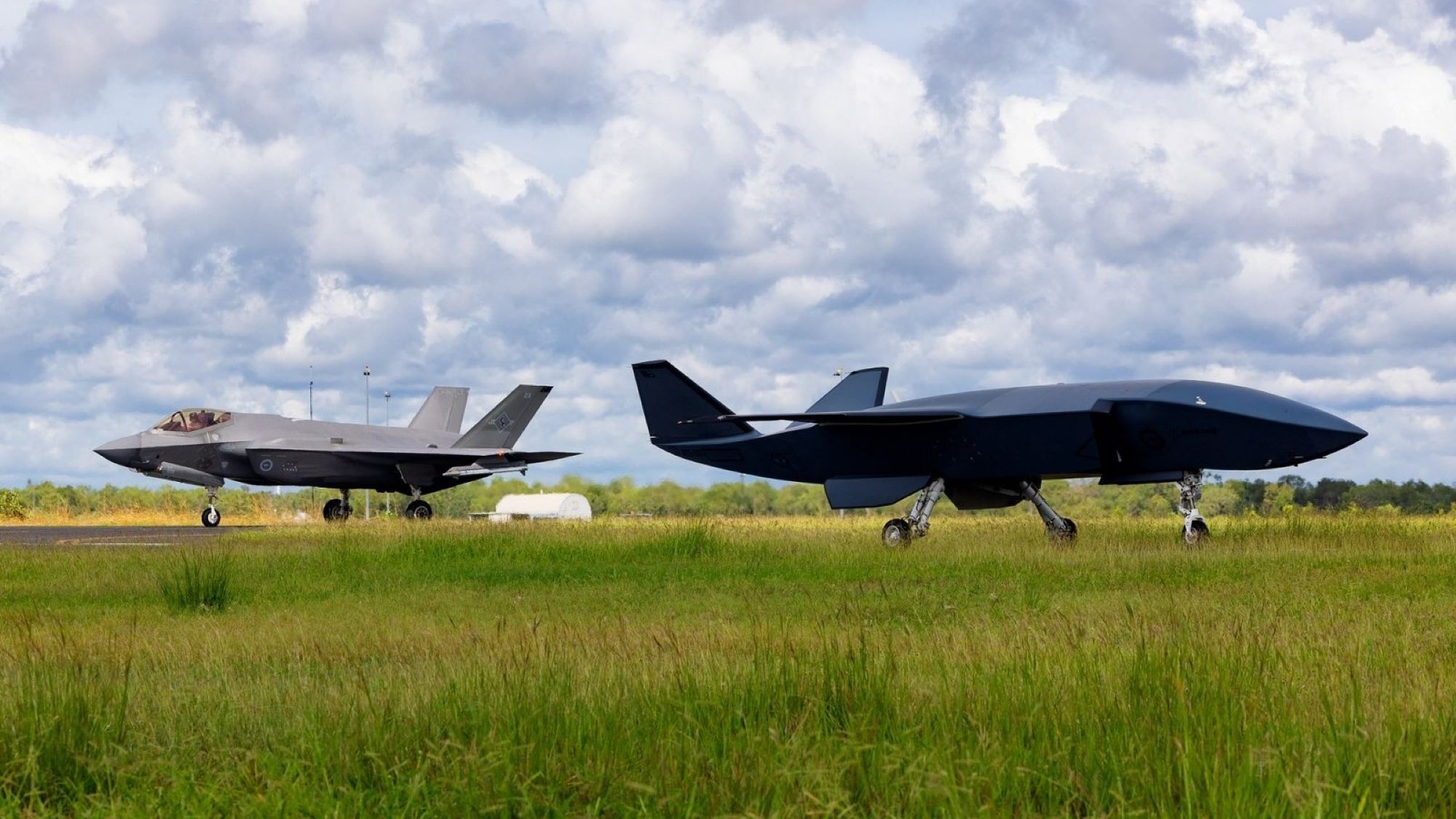















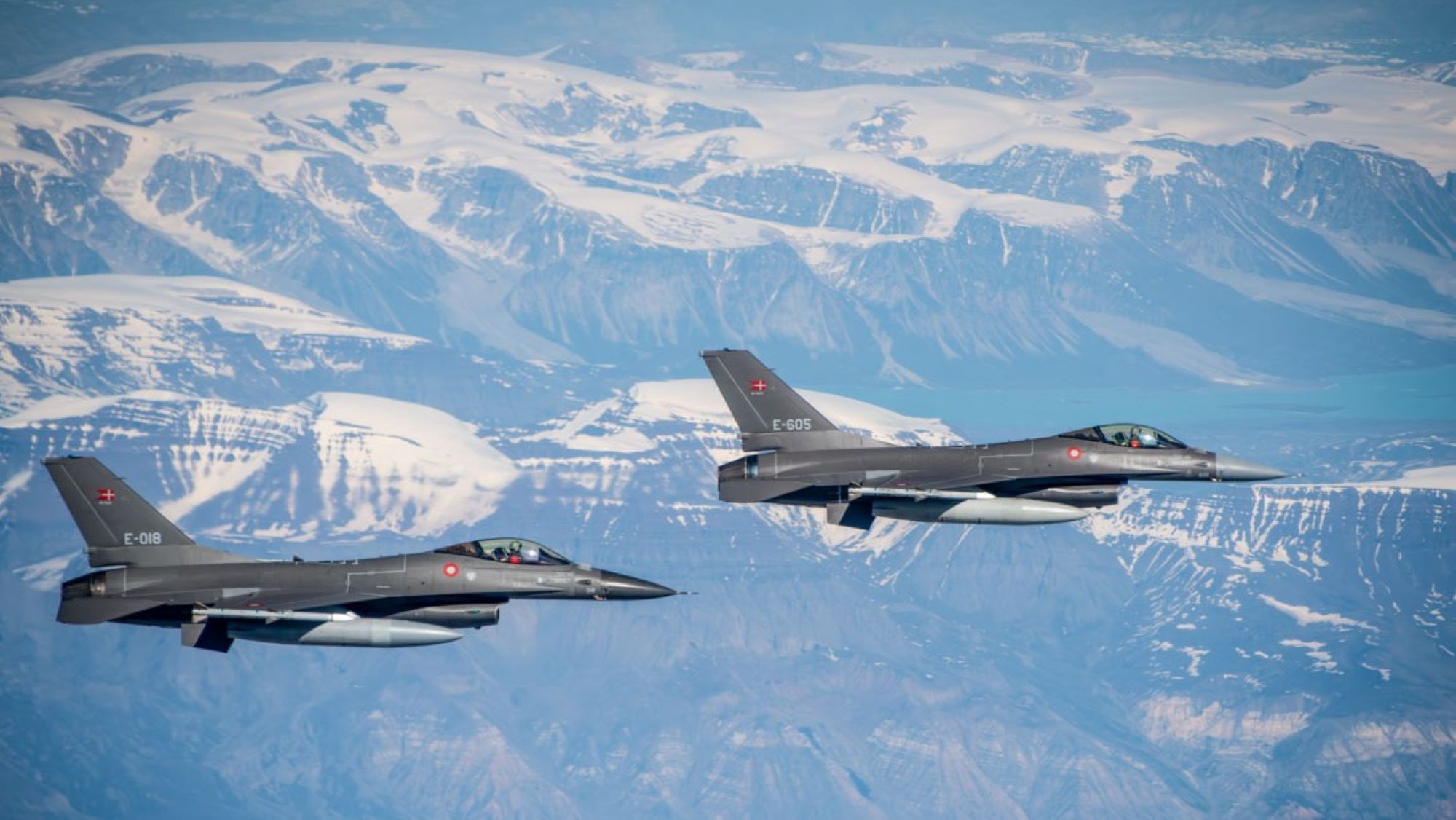
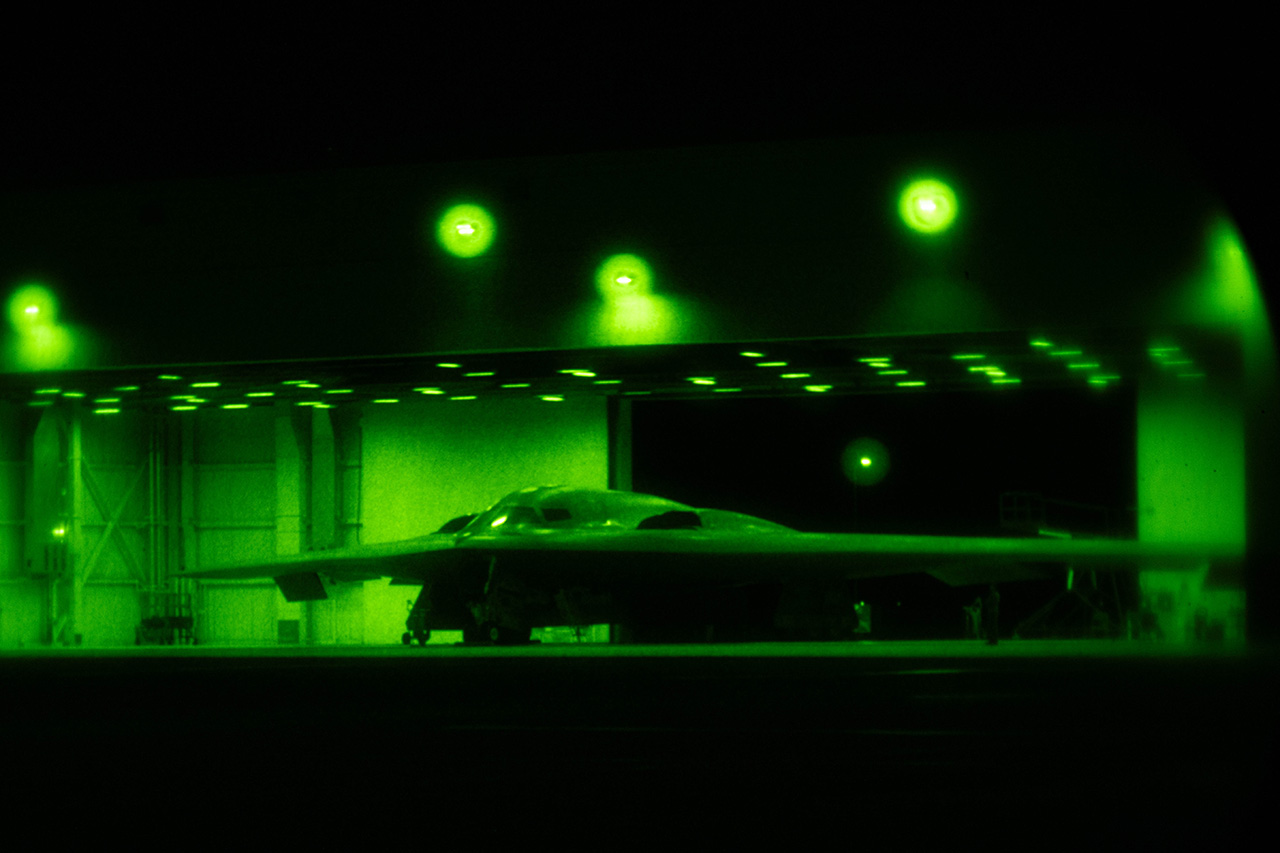
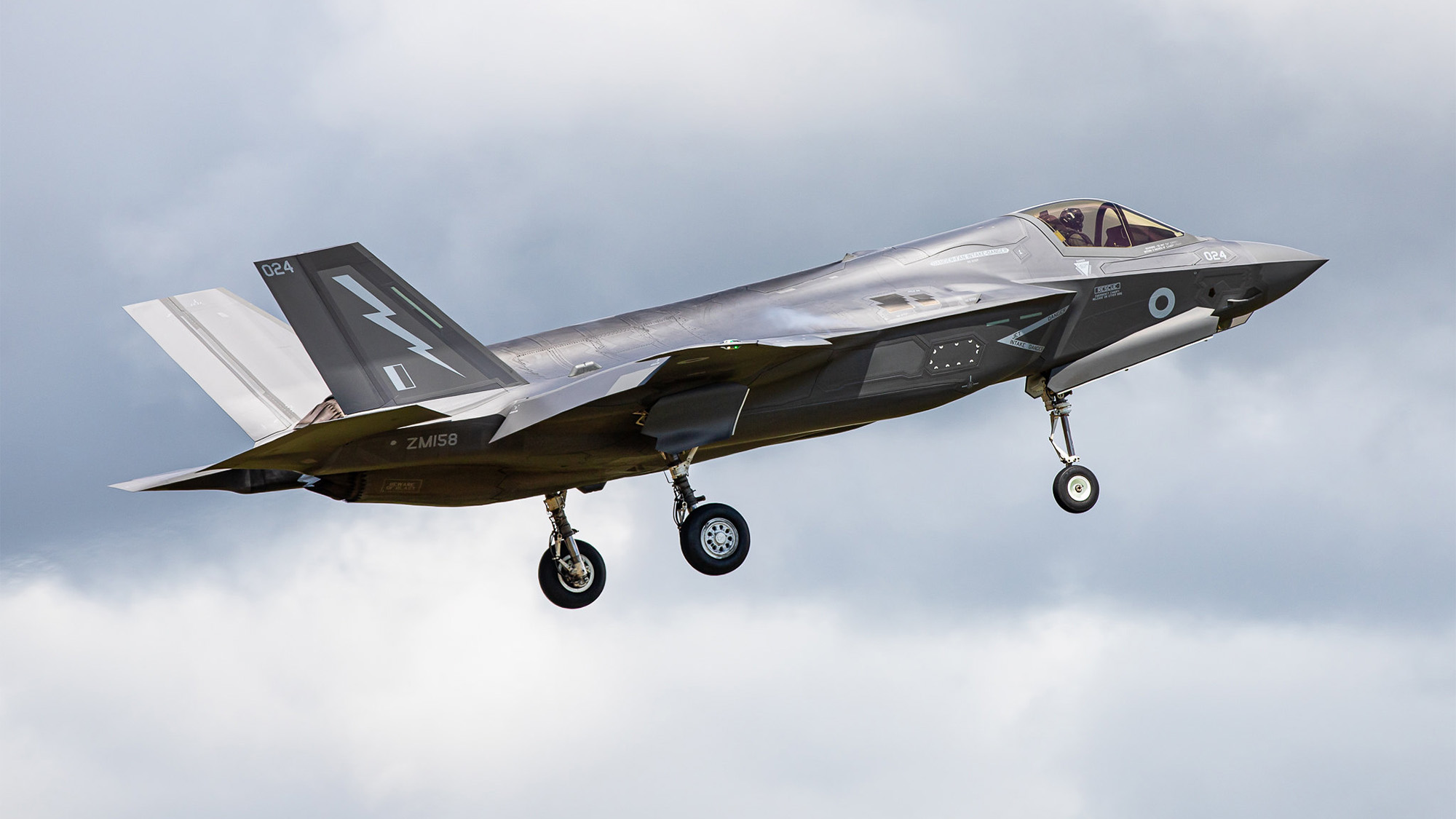





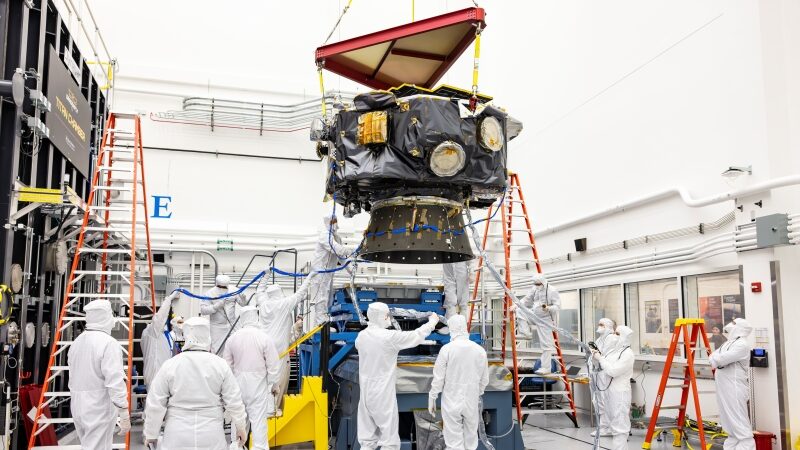

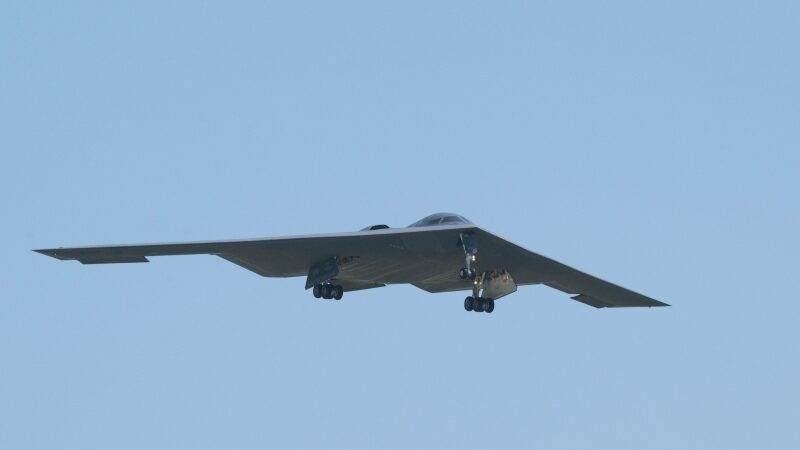

























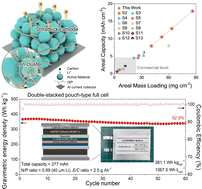
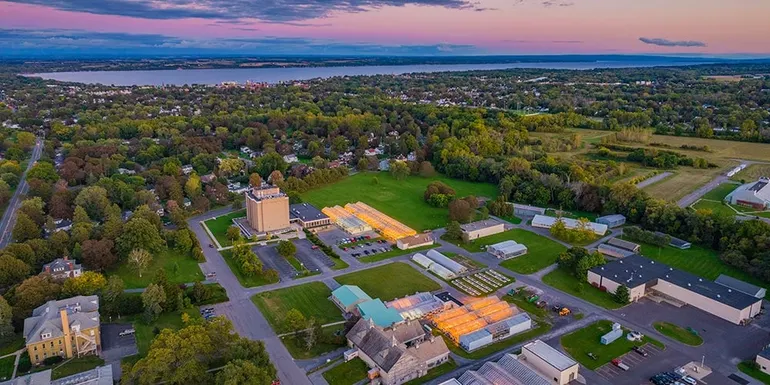




![The sights of Paris Air Show Day 1 [PHOTOS]](https://breakingdefense.com/wp-content/uploads/sites/3/2025/06/IMG_1798-scaled-e1750092780492.jpg?#)



